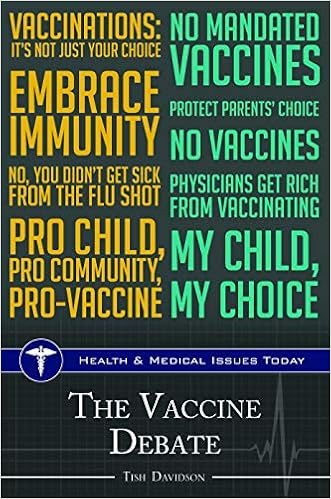
Providing a ray of hope at the end of an incredibly challenging year for so many of us, the Pfizer/BioNTech COVID-19 vaccine was approved on December 11th by the FDA for emergency use. Emergency approval for the Moderna vaccine is expected today. A COVID-19 vaccine presents our greatest opportunity for returning “back to normal,” or frankly any semblance of our lives pre-March 2020. Remember how (relatively) carefree we were back in February, a.k.a. the good ol’ days?
Distribution of the COVID-19 vaccine is sure to be a huge undertaking. Visit most news outlets and you’ll find multiple stories on the logistics of rolling out the vaccine and prioritizing who gets it first. Another large obstacle will be addressing the public’s confidence in obtaining a vaccine that was developed and trialed in record time. “Vaccine hesitancy” is real—the quoted phrase appears in over 350 articles within PubMed in the past year alone—however, vaccine hesitancy is not new. The United States has had a long history of anti-vaccination movements. In 1879, the “Anti-Vaccination Society of America” was established in response to states instituting mandatory vaccination laws in the effort to eradicate smallpox. Thankfully, owing to widespread vaccination, the last natural outbreak of smallpox occurred in the United States in 1949 [1], which is a wonderful thing. (If you have any doubts, I dare you to Google Image search "smallpox.")
On December 13th, it was announced that the TCF Center’s parking garage would serve as a primary vaccination site in the city of Detroit for drive-up COVID-19 vaccination [2]. Drive-thru vaccinations surprisingly are not new, at least not in the Motor City. Throughout the first half of the 20th century, the polio virus caused very real fear within the United States. Polio, or poliomyelitis, is a highly contagious virus that spreads through person-to-person contact. In many infected people the virus causes no symptoms, whereas others can exhibit flu-like symptoms. In extreme cases, polio affects the brain and spinal cord causing paralysis, muscle weakness, and even death. In 1955, an injectable polio vaccine developed by Jonas Salk became available, and in the 1960s, an oral vaccine developed by Albert Sabin contributed to the elimination of the polio virus from the United States.
On June 24, 1962, the Henry Ford Hospital held a drive-thru oral polio vaccination event in the hospital parking garage. During the three-hour program, 1595 doses of Sabin’s oral vaccine were administered to around 400 families. An article in the July 1962 issue of the HFH Thermonitor, which can be read online, provides a detailed account of the event.
Pictured: Family taking the oral polio vaccine in the Henry Ford Hospital parking garage on June 24, 1962. (Photo courtesy of the Lam Archives)
It is because of successful vaccination programs like the one at HFH that no new cases of polio have originated in the United States since 1979. We hold out hope that the COVID-19 vaccines provide us the same relief. Crucial to combating fear or hesitancy over accepting the vaccine is arming oneself with trustworthy information based on scientific evidence rather than speculations on some guy’s Twitter feed.
The Sladen Library has resources that provide information on vaccines in general, and the COVID-19 vaccine. Some good places to start include the following:
Publication Date: 2018
 The Vaccine Debate by
The Vaccine Debate by
CDC Covid-19 Vaccination: https://www.cdc.gov/vaccines/covid-19/index.html
CDC Covid-19 Vaccination Communication Toolkit: https://www.cdc.gov/vaccines/covid-19/health-systems-communication-toolkit.html
JAMA Network Coronavirus Vaccine FDA Update – December 14, 2020: https://youtu.be/LDqzE3Zr8pk [30:14 video duration]
References
0 Comments.